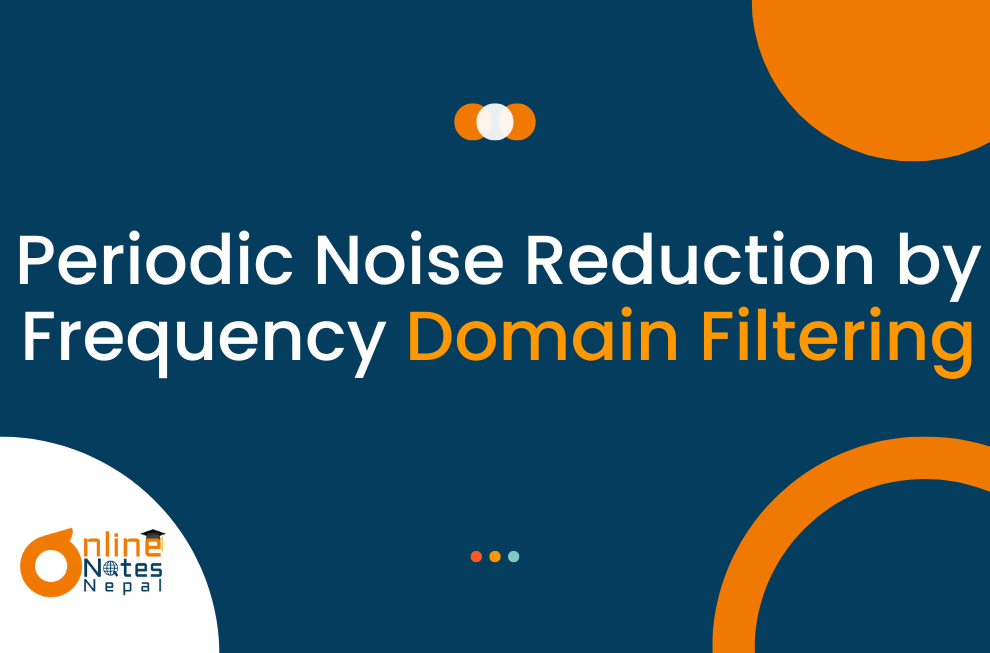Published by: Neha Khadka
Published date: 26 Jul 2024

Repetitive patterns in photographs, known as periodic noise, can be particularly difficult to eliminate with spatial domain approaches. By converting the image into the frequency domain, where the noise may be more easily separated and suppressed, frequency domain filtering is a useful technique for minimizing periodic noise. Usually, this procedure entails the following steps:
Converting the Image to the Frequency Domain: The Discrete Fourier Transform (DFT) is used to transform the image from the spatial domain to the frequency domain. The image is represented by the DFT as the sum of sinusoids with different amplitudes and frequencies.
Recognizing Interference in the Frequency Domain: Different peaks can be seen in the frequency spectrum as a sign of periodic noise. The frequency at which the periodic noise appears are shown by these peaks.
Creating a Filter: The purpose of a filter is to reduce the frequencies linked to the noise. Notch filters, which eliminate particular frequencies, and band-stop filters, which eliminate a variety of frequencies, are examples of common filters.
Using the Filter: To reduce the noise frequencies, a filter is applied to the image's frequency domain representation.